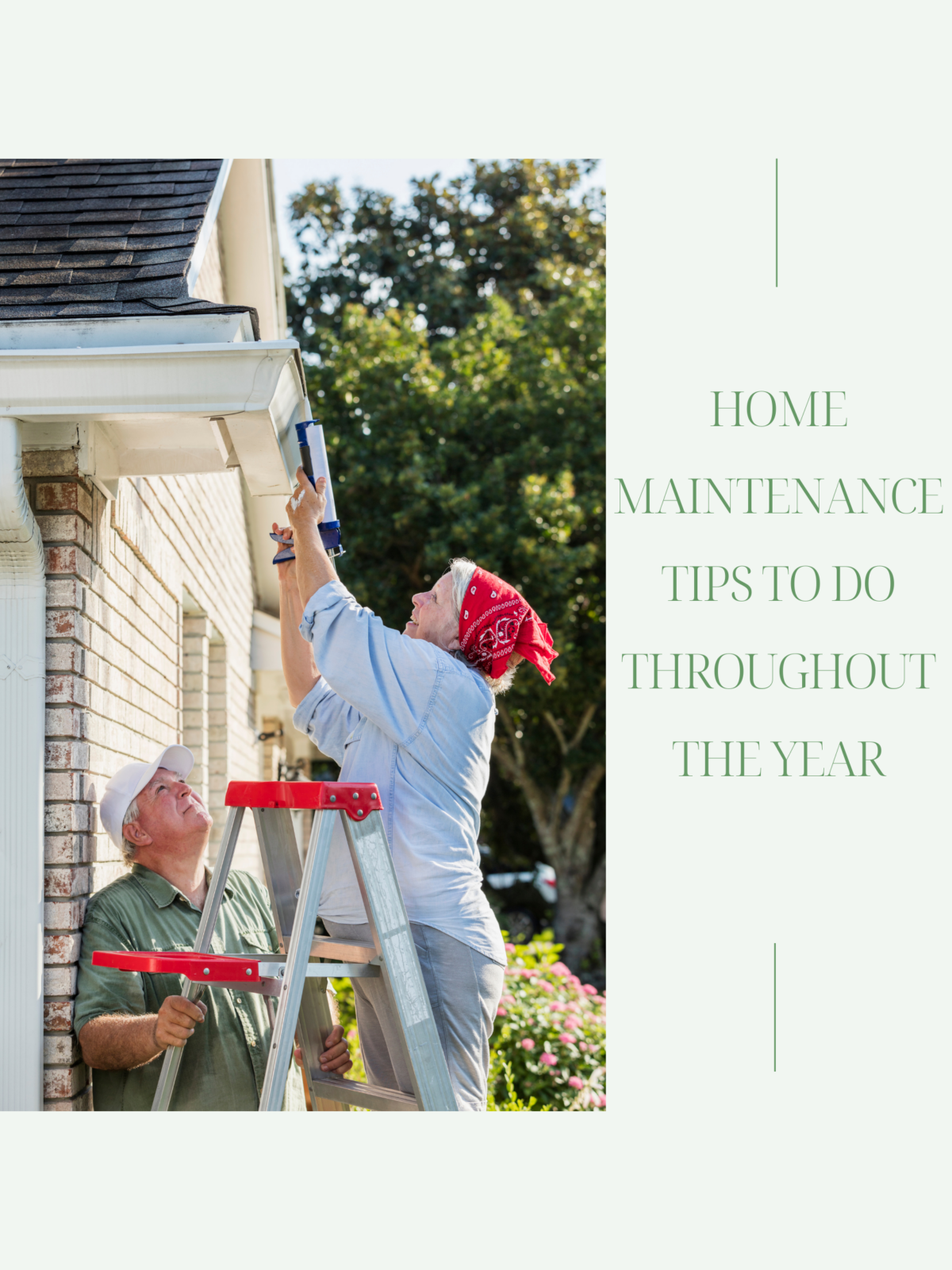Each of us has our unique style, so it’s a good thing that our homes also come in different shapes and sizes. You probably have some idea of what types of homes you’re attracted to, but the two main elements that make up a home are its structure type and style. Understanding these differences will help you to find the perfect home that fits your lifestyle.
Structure Types:
Before you begin your home search, you’ll want to have a good understanding of what kind of space you are going to need. Below are the most common home structures as well as some pros and cons of each.
Apartment
With an apartment, you are surrounded by a collection of other units while all sharing the same structure. In an apartment, however, you don’t have the option to purchase, leaving you unable to build equity in your home. Apartments can be great options for people planning on living in them for short periods, or if you prefer the resort-style amenities offered by many communities.
Condo
Condos offer a lot of the same convenience as an apartment, except the difference is that you can own one if you want to. Condominiums are a great option if you enjoy living in the city, or if you are elderly and no longer want to maintain and upkeep a home.
Co-Op
Instead of outright owning a property, what if like the stock market, you could own a share of a residence and still be able to live there? When you buy into a housing cooperative, you are purchasing a fixed number of shares within the co-op, turning you into a shareholder tenant. Living in a co-op will bring a great sense of community and they are less expensive than owning a home, however, they offer less freedom.
Single-Family
With this home structure, you are completely detached from any other buildings, and are usually found in suburban areas. Single-family homes often offer much more space than the previous structure types. These structures are the most common home type in the U.S.
Townhome
With a townhome, you are living in an individually owned home that shares a wall with one other unit. These are very popular in big cities where space is limited. These home styles are usually multiple stories and share amenities with surrounding townhomes. They are generally cheaper than a single-family home but offer less privacy.
Home Styles:
Along with each structure type, comes a certain style. The different home styles available date back decades, with many people replicating them into new home structures today.
Mediterranean
These home styles highlight elements from Spanish and Italian villas with a large focus on outdoor space. Florida is no stranger to these types of homes, as they are most popular in a tropical climate. Some key features of these homes are tiled roofs, stucco walls, and warm stone and wood accents.
Ranch
In the early 1930s, ranch-style homes became increasingly popular for their one-story, low-rise ceilings with large windows and backyards. Most ranch-style homes are rectangular, but often can be built as a “U” or “L” shape.
Split Level
Split-level homes developed from the ranch-style home, adding more separation. These homes have multiple floors attached with short flights of stairs and are uniquely separated.
Victorian
Named after Queen Victoria, these homes became popular in the 1900s. These homes are categorized by Gothic influences and thoughtfully crafted woodwork. They feature pitched roofs, wraparound front porches, cylindrical turrets, and roof towers. A Victorian home does not offer lots of horizontal space, since their ceilings are high, but the rooms tend to be long and narrow.
Farmhouse
Think large white homes, with wraparound porches and you’re on the right track. These rustic homes offer tall ceilings, with exposed beams and barn-like roofs. This type of home has been modernized to feature updated finishings and an overall cleaner look.
There is certainly a multitude of different home structures and styles available, but deciding what best suits you, and your lifestyle will help you greatly narrow down your search. Talk to your VanDyk Mortgage Loan Officer about which home might be best for you and get approved for a mortgage before you begin your search.



